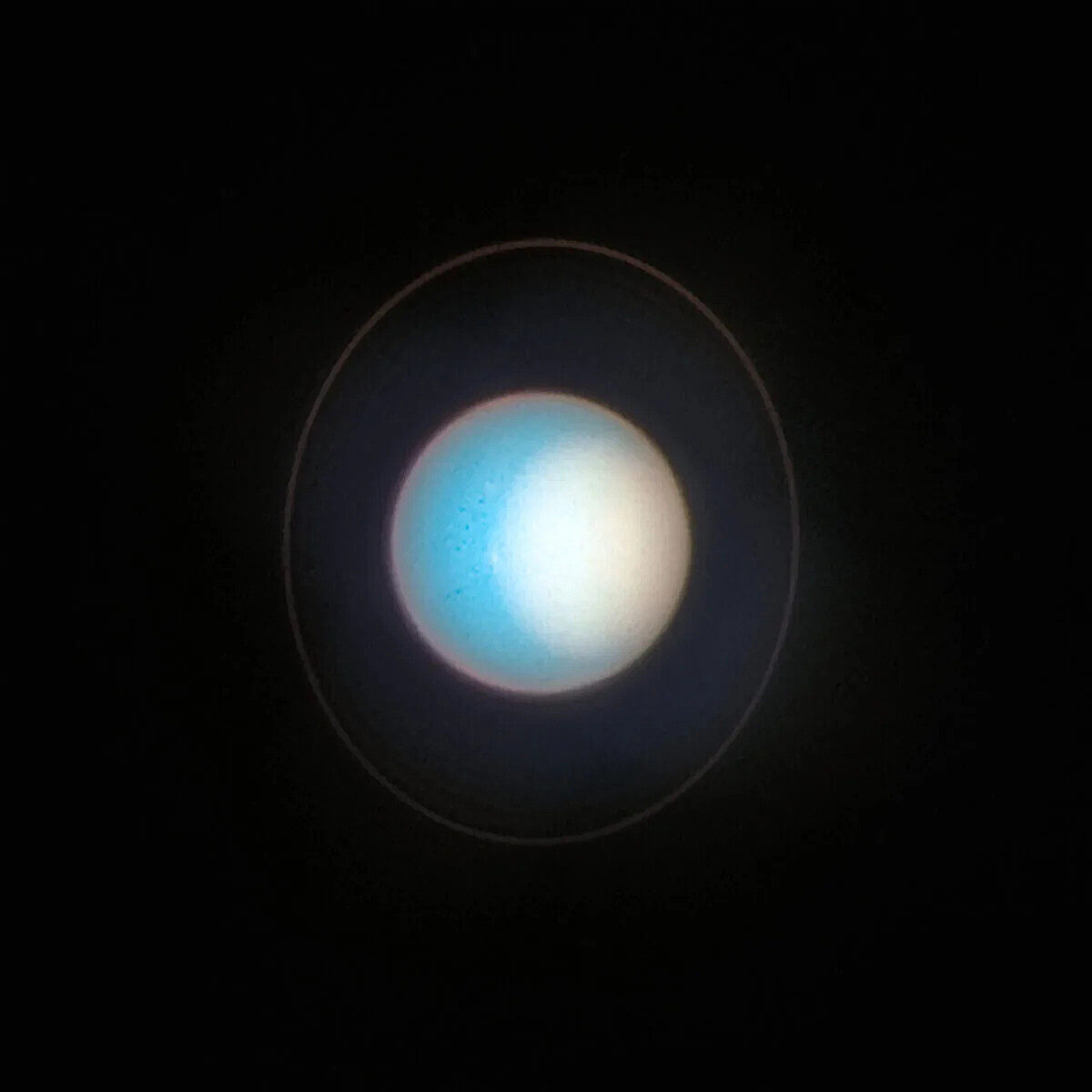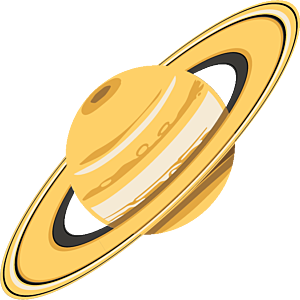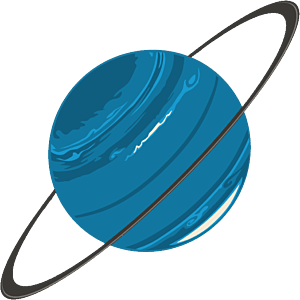The Downlink • Mar 31, 2023
Unusual Uranus! Moist Moon! Volcanic Venus!
Space Snapshot

Clouds around its north pole make Uranus look like a watercolor painting in this image, which was captured by the Hubble Space Telescope in November 2022 and released this month. It’s one of our picks for the coolest space pictures of the month. The planet's north pole will be pointing directly at Earth in 2028 when the planet reaches its northern summer solstice for the first time in 84 years. Image credit: NASA et al.
You love space, now take action
This weekly newsletter is your toolkit to learn more about space, share information with your friends and family, and take direct action to support exploration. Anyone can subscribe at planetary.org/connect to receive it as a weekly email.
Mission Briefings


A Chinese lunar sample return mission has found water. Researchers analyzing lunar regolith brought back to Earth in 2020 by the Chang’e-5 spacecraft have found water trapped in glass beads. The beads are thought to have formed from lunar material that was ejected during asteroid impacts then cooled and fell back to the surface. There’s enough water in these beads to suggest that the top 12 meters (40 feet) of the lunar surface could contain 270 trillion kilograms (600 trillion pounds) of water. Pictured: China's Chang'e-5 spacecraft captured this image of the lunar surface shortly after landing in the Ocean of Storms on Dec. 1, 2020. Image credit: CNSA/CLEP.

NASA Administrator Bill Nelson issued a warning to Congress. In an open letter to the top member of the House Appropriations Committee, Nelson outlined the damaging and potentially permanent effects on NASA of two budget-cutting scenarios being considered by House Republican leadership. One scenario would allocate NASA $1.4 billion less than it received in 2023. The second scenario would exempt defense spending from being cut, meaning NASA and other agencies would get even less.

ESA is considering developing an independent human spaceflight program. The European Space Agency, which currently partners with NASA and others for its astronaut program, is assessing a report from a high-level advisory group that recommends developing independent capabilities including crewed vehicles, a commercial space station, and a European human landing on the Moon within a decade.
From The Planetary Society


Is Venus volcanically active? Robbie Herrick and Scott Hensley, the researchers who identified potential recent volcanic activity on Venus, join this week’s Planetary Radio to discuss their discovery and what it means for the future of Venusian exploration. Pictured: Recently analyzed Magellan radar images taken in 1990 (top) and 1992 (bottom) that may show an expanded volcanic vent. Image credit: Herrick/Hensley/Science.

You can help NASA unlock Venus’ secrets. The VERITAS mission, which is designed to study the Venusian surface from orbit, is facing budget cuts. If you live in the United States you can send a petition to Congress urging them to fund this vital mission. Wherever you live, you can support our space policy and advocacy program, which works to educate lawmakers in Washington, D.C. about the importance of this mission and others like it.

The world’s biggest space party is coming up soon — will you be there? Yuri’s Night is a global celebration of all things space, marking the anniversary of Yuri Gagarin’s monumental 1961 mission that made him the first human in space. There are events in person and online around the world. Find the event nearest you.
What's Up

Look for Venus shining very bright in the western evening sky. Higher up you’ll spot reddish Mars, which is growing dimmer as it moves farther away from Earth. If you’re up before dawn, look for yellowish Saturn in the east. Find out what April’s night skies have in store for you.
Wow of the Week

Modern art? No, a planetary collision! This still is from a video simulation from Jack Kegerreis at Durham University in England, showing the possible collision that could have tilted Uranus on its side three to four billion years ago. Image credit: Jacob A. Kegerreis/Durham University.
Send us your artwork!
We love to feature space artwork in the Downlink. If you create any kind of space-related art, we invite you to send it to us by replying to any Downlink email or writing to [email protected]. Please let us know in your email if you’re a Planetary Society member!


 Explore Worlds
Explore Worlds Find Life
Find Life Defend Earth
Defend Earth


